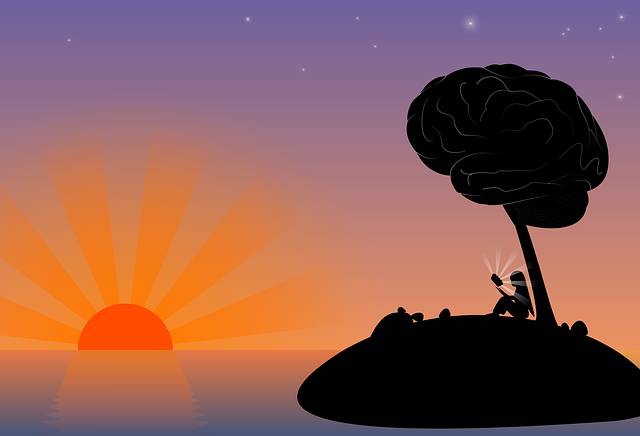In the intricate landscape of human cognition, the phenomenon of retaining the essence of an idea over the specifics of its expression is a well-documented aspect of memory. This cognitive quirk, while often advantageous in simplifying complex information, becomes a vulnerability when exploited by disinformation campaigns. These campaigns, akin to skilled painters, deftly apply the brushstrokes of varied, often contradictory, statements, leaving behind a stain on the collective consciousness that is the implied idea, rather than the factual accuracy of the statements themselves.
The human mind, with its limited capacity and propensity for pattern recognition, tends to forget the minutiae of individual statements but clings tenaciously to the broader strokes of an idea. This is particularly true in the context of disinformation, where the sheer volume and variety of presented ideas can overwhelm the cognitive filters designed to assess truthfulness. The result is a cognitive residue, a stain on the wall of public consciousness, that is the implied idea, often divorced from the factual tapestry from which it was woven.
Consider, for instance, a disinformation campaign that seeks to cast doubt on the efficacy of a widely accepted scientific theory. The campaign might present a series of statements, each with varying degrees of veracity, but all sharing a common thread—an implied criticism of the theory. Over time, as the individual statements fade from memory, the critical stance towards the theory remains, a stain on the wall that colors public perception regardless of the factual validity of the initial claims.
To combat this insidious form of information warfare, the response must be equally robust and persistent. The truth, too, must be aggressively disseminated, repeated, and contextualized to ensure it penetrates the cognitive landscape as deeply as the falsehoods it seeks to displace. This is not merely a matter of volume but of strategic placement and reinforcement. Just as a skilled painter layers colors to create depth and richness, so too must the defenders of truth layer their messages, ensuring that each layer supports and reinforces the others.
Moreover, it is crucial to address the cognitive biases that make us susceptible to disinformation in the first place. These biases, such as the availability heuristic and confirmation bias, predispose us to remember and believe information that aligns with our pre-existing beliefs or is readily available in our minds. By understanding and acknowledging these biases, we can begin to develop strategies to counteract them, such as seeking out diverse sources of information and engaging in critical thinking exercises.
In the end, the battle against disinformation is not merely a war of words but a struggle for the very fabric of our collective consciousness. It is a call to arms for all who value truth and understanding, urging us to be vigilant, to be proactive, and to be relentless in our pursuit of clarity. For if we allow the stains of false ideas to persist unchallenged, we risk not only our individual cognitive health but the integrity of the shared reality that binds us together as a society.




发表评论 取消回复